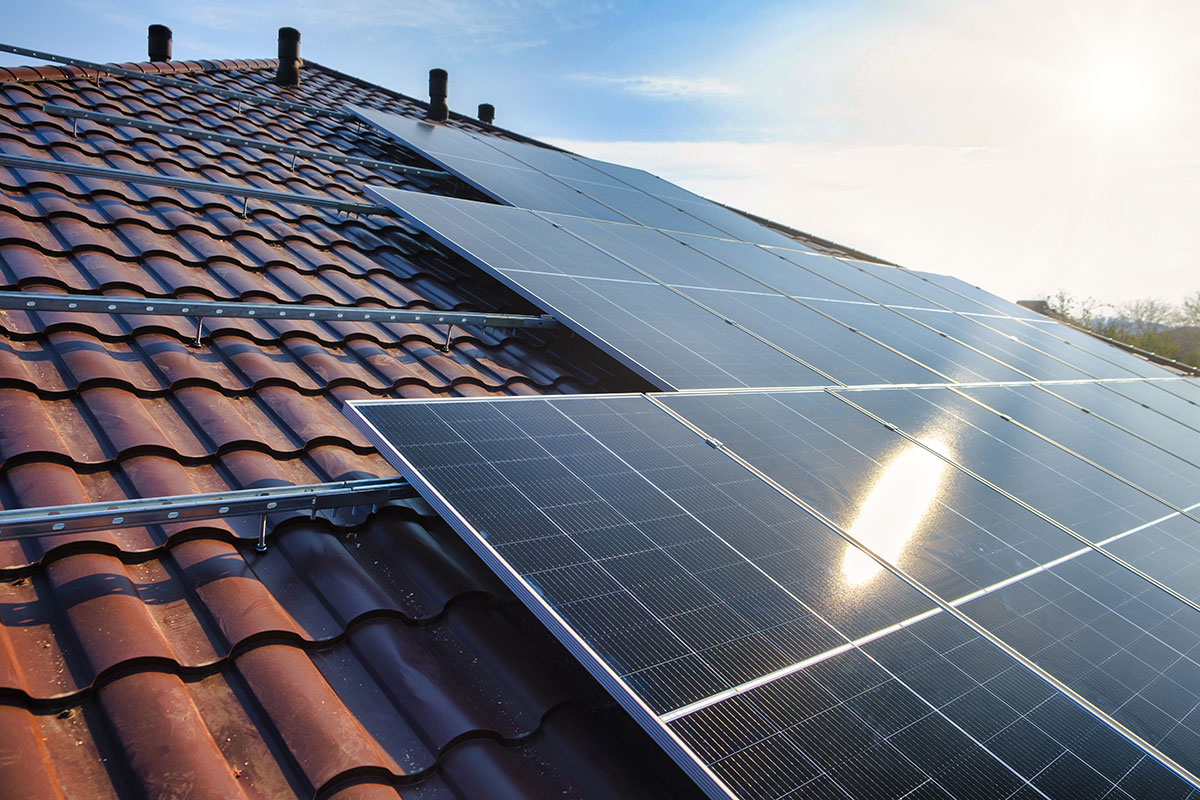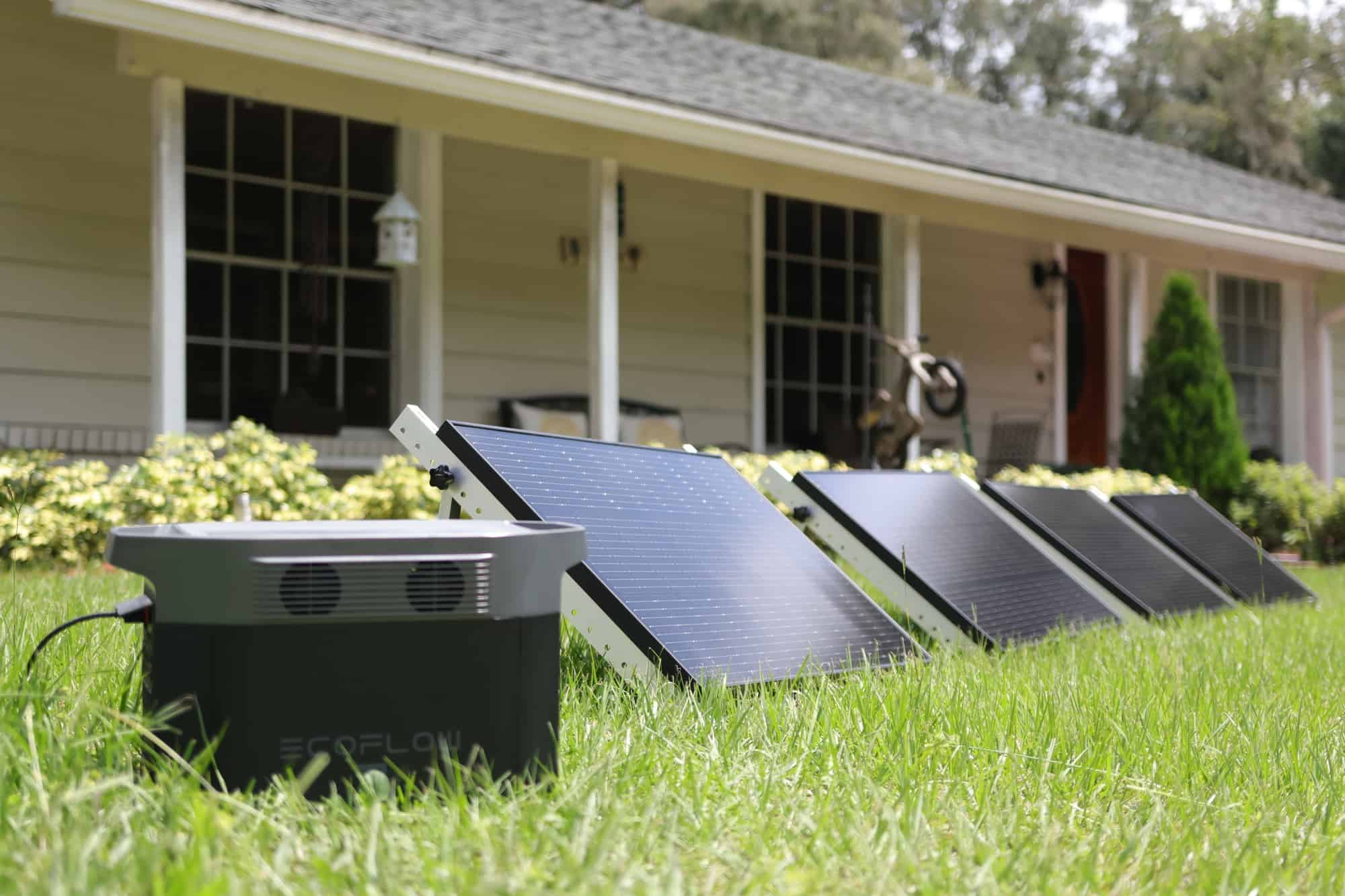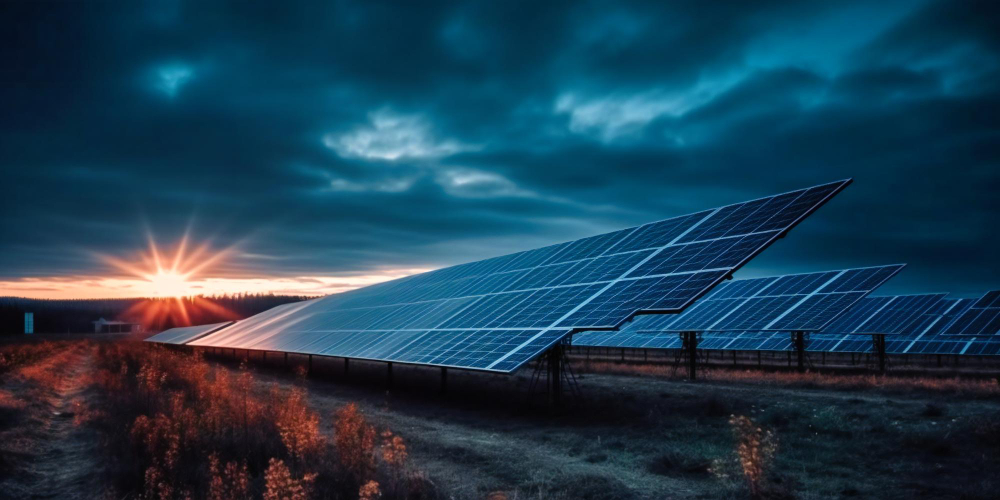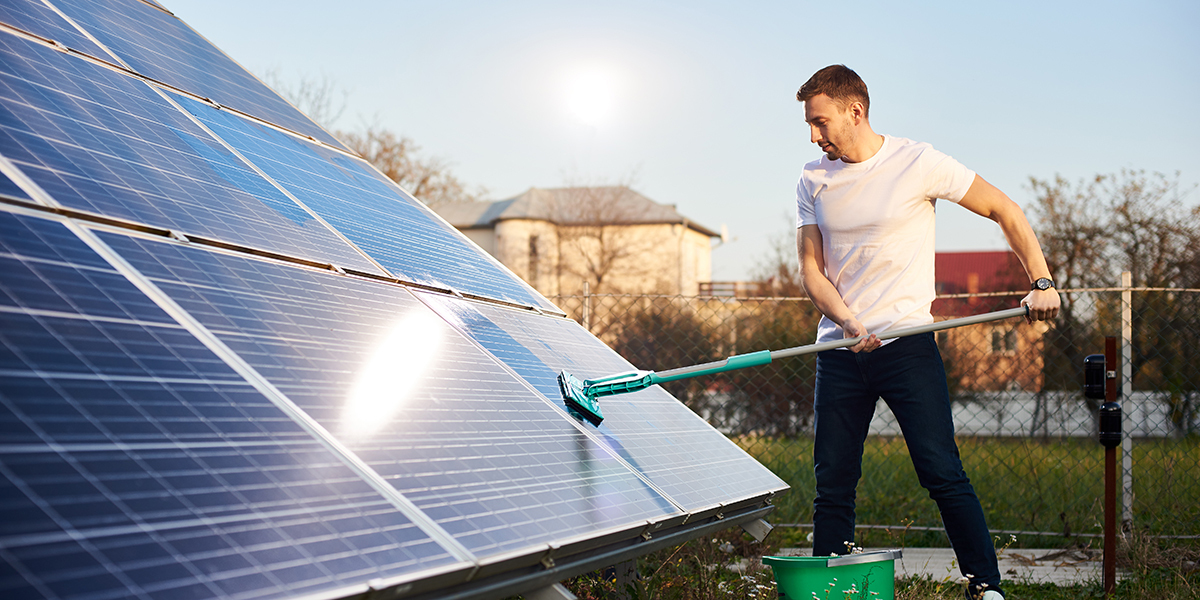Polycrystalline photovoltaic panels decrease the costs associated with solar power mainly by reducing production costs, improving silicon material use, and achieving economies of scale in large-scale production, while energy consumption and maintenance costs are reduced at the same time. Being highly suitable for large-scale projects, they will eventually lower the cost of generating solar power.
Low Production Costs
Compared to monocrystalline silicon photovoltaic panels, the process for making polycrystalline photovoltaic panels is relatively simple: the silicon material is melted and allowed to cool into crystals, eliminating the need for the complicated process of pulling a single crystal. In the manufacturing process, monocrystalline photovoltaic panels require more precise equipment and stricter process control, coupled with longer production cycles. This makes the production process much more costly. The production of polycrystalline photovoltaic panels requires much less stringent precision in equipment and processes; hence, the costs are far lower.
The production cost of polycrystalline photovoltaic panels is 10%-20% less compared to monocrystalline ones. Therefore, for a large-scale photovoltaic project, using polycrystalline panels can save millions of dollars in investment. According to statistics from one manufacturer, for a 1GW photovoltaic plant using polycrystalline photovoltaic panels, the initial capital investment will be greatly reduced and the funding pressure during construction mitigated.
High Material Utilization
During the production process for polycrystalline photovoltaic panels, scrap silicon and recycled silicon material can be used, which greatly enhances the utilization of materials. However, the production process for monocrystalline panels requires higher-quality raw materials; in other words, scrap silicon cannot be reused in the production of monocrystalline panels, but polycrystalline panels are able to use such materials in their production process, reducing dependence on high-quality silicon.
Compared with the manufacturing process of monocrystalline silicon panels, the production process of polycrystalline panels increases silicon material utilization by 20%-30%. Under market conditions of frequently fluctuating silicon prices, such an advantage can effectively cut production costs by a large margin and provide manufacturers with more cost control. At the present time, when silicon material is in short supply in the global market, the effective increase in material utilization is expected to ease dependence on expensive high-purity silicon and lower production costs further.

Large-Scale Production Reduces Costs
Manufacturing technology for polycrystalline photovoltaic panels is mature and highly standardized, allowing rapid production expansion. Large-scale production brings strong economies of scale that significantly lower unit costs. For instance, large-scale production spreads fixed asset investments and operational costs, such as equipment depreciation, personnel expenses, and plant rental. In mass production, these costs can be effectively distributed; hence, the cost per watt of production decreases.
With the rapid development of the global photovoltaic industry, once annual shipments of panels top 50GW, production costs for polycrystalline photovoltaic panels can be reduced by 15%-20%. Large-scale production is an important factor in the overall economy of the photovoltaic industry for large-scale ground-mounted power stations and industrial projects. That significantly cuts the cost per watt of generated electricity and shortens the payback period.
Low Energy Consumption
Energy consumption in the manufacturing of polycrystalline photovoltaic panels is much lower than that of monocrystalline panels. Polycrystalline photovoltaic panels are produced using a process called ingot casting, which consumes less energy than the crystal pulling process used to make monocrystalline panels. The energy consumption for the production of polycrystalline panels is about 70-80 kWh/kg, while for monocrystalline ones it takes up to 100-120 kWh. This difference in process leads to energy savings in polycrystalline production, reducing manufacturing costs.
This also ensures a competitive advantage for manufacturers in regions where local energy costs are high and partly fulfills the requirements of the global photovoltaic industry for sustainable development by reducing carbon emissions. In countries or regions heavily dependent on fossil fuels, further reduction of energy consumption saves more on electricity costs, increasing the profitability of manufacturing.
Low Maintenance Costs
Polycrystalline photovoltaic panels are also highly durable, ensuring reliable operation under harsh climatic conditions such as extreme temperatures, sandstorms, and humidity. Because of the reliability of the panels, the possibility of failure is minimal; hence, daily maintenance requirements are minimal, and the frequency of repairs and replacements is low.
The average power attenuation rate is 0.6%-0.7% per year for polycrystalline photovoltaic panels, totaling 15%-20% over a 25-year lifespan, which is reasonable in actual use and can meet the long-term operational requirements of photovoltaic stations. Since these kinds of solar panels age relatively mildly, companies can save on repair and replacement costs, enhancing the economic performance of the project.
As polycrystalline panels currently hold a large market share, replacement parts are easy to find and available at reasonable prices. Parts and maintenance services are more accessible and reasonably priced because of their widespread use. Therefore, large-scale photovoltaic projects can easily find needed parts and maintenance support, further lowering maintenance costs and ensuring long-term stability in the operation of systems.
Suitable for Large-Scale Applications
Polycrystalline photovoltaic panels are suitable for large-scale photovoltaic power stations and industrial projects. Although the conversion efficiency of polycrystalline panels is somewhat lower than that of monocrystalline ones, lower initial investment costs make them very cost-effective in large-scale projects. In this case, because the cost of land is lower, the system can offset its lower conversion efficiency with increased installation area.
Generally speaking, in a 50MW ground-mounted photovoltaic power plant, polycrystalline photovoltaic panels can save investment costs of 10% to 15% compared to monocrystalline panels. Although more land area is required, land cost is normally very low in the overall project; thus, the overall investment can be lower. For large-scale photovoltaic projects, the payback period would be much shorter and overall economic efficiency improved.
Excellent Temperature Coefficient
The temperature coefficient is an important parameter for judging high-temperature performance. The temperature coefficient of polycrystalline photovoltaic panels is usually around -0.40%/°C, a little higher than that of monocrystalline ones, but they still perform rather well in practical use, especially in hot regions. The output power of polycrystalline panels remains relatively steady at high temperatures, reducing power loss when temperatures rise.
In high-temperature regions, large-scale photovoltaic projects using polycrystalline panels can avoid the need for additional cooling devices, lowering operation and maintenance costs. The combination of energy efficiency and cost in high-temperature environments demonstrates the high economic value of using polycrystalline panels.
Low Waste Disposal Costs
Less waste is produced in the production process of polycrystalline photovoltaic panels. Besides, the treatment cost for these wastes is relatively low. Silicon materials not up to product standards can be recycled and reused in subsequent production processes, which improves material recycling rates and reduces the cost of waste treatment.
In contrast, the waste produced in manufacturing monocrystalline panels is substantial, and the disposal process is relatively complex, with some of the waste not being easily recyclable. By comparison, the amount of waste produced during the manufacturing of polycrystalline panels is about half that of monocrystalline panels. This greatly reduces the costs related to dealing with waste. This can not only help cut production costs but also prevent potential pollution risks and meet the requirements for green development within the photovoltaic industry.



